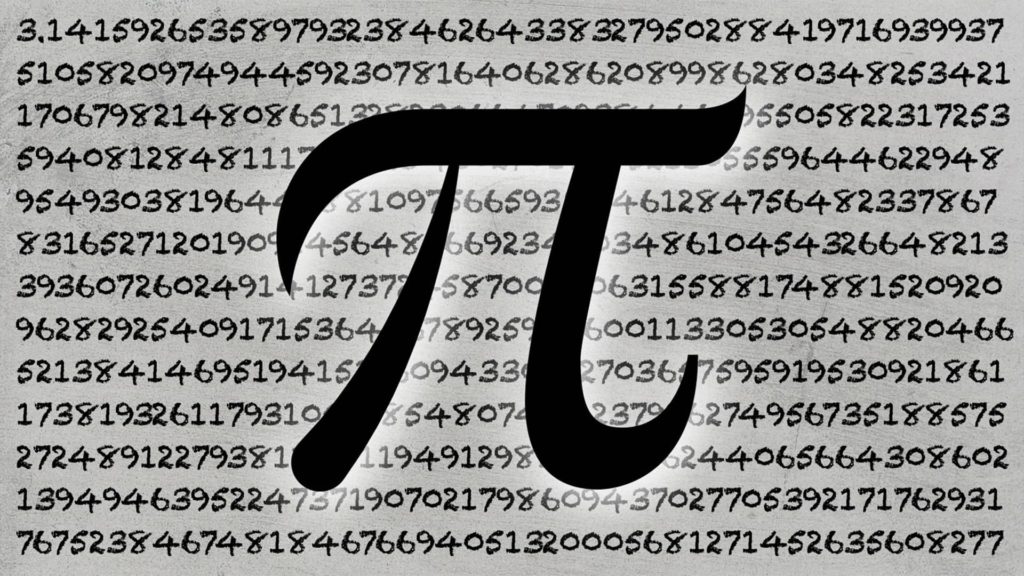Pi. Almost everybody’s favorite irrational number – irrational meaning that it cannot be accurately expressed as a fraction since it never (ever) comes out even, but continues, without repeating, past its decimal point and on into infinity. Pi has been computed to over one trillion decimal places (and counting).
In 2009 the U.S. House of Representatives formally recognized March 14 as National Pi Day.
It shares the date with Albert Einstein, who was born on it in 1879.
Table of Contents
ALL ABOUT PI
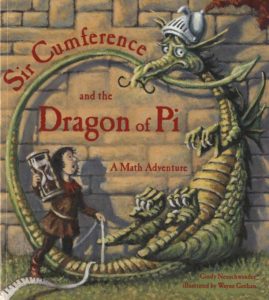
|
In Cindy Neuschwander’s picture book Sir Cumference and the Dragon of Pi (Charlesbridge Publishing, 1999), Sir Cumference (in an attempt to alleviate a stomach ache) gulps down a potion that promptly turns him into a fire-breathing dragon. His son Radius sets out to find a cure – which ultimately involves a magic circle-related number (you’ll never guess what). One of the Math Adventure series, all starring Sir Cumference, his wife Lady Di Ameter, and son Radius, for ages 7-11. |
| The Circle’s Measure is a math-based lesson plan to accompany the book, with background information and activities. | |
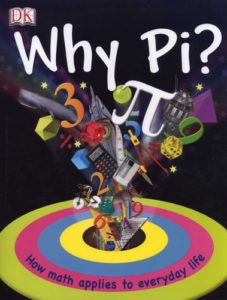
|
Johnny Ball’s Why Pi? (Dorling Kindersley Children’s Books, 2009) is a terrific 96-page history of measurement from ancient times to the present. The book is beautifully designed, crammed with bright illustrations, clear diagrams, and a wealth of kicky facts and comparisons. Pi is in there, of course – but readers also discover how Egyptian built pyramids, how Romans built aqueducts, and how people figured out how to measure everything from the length of a month to the speed of light. Also included are puzzles and activities. For ages 7 and up. |
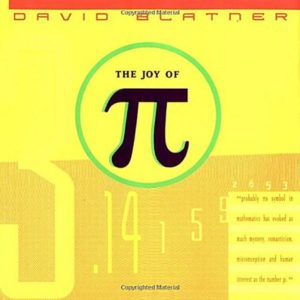
|
David Blatner’s The Joy of Pi (Walker & Company, 1999) is a fun 144-page read for teenagers and adults, packed with illustrations, quotations, factoids, cartoons, and limericks. Included are a detailed history of pi, quirky anecdotes about the many people who have been obsessed with it – including the story of the Chudnovsky brothers, who calculated pi to two billion digits in their Manhattan apartment using a homemade supercomputer, and accounts of pi memory champions. |
| For more on pi, see the Joy of Pi website. | |
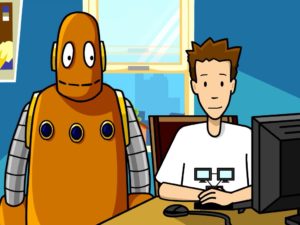 |
BrainPop’s Pi is a short animated movie for grade 3 and up (hosted by Tim, a human, and Moby, an orange robot) which defines pi, explains irrational numbers, and demonstrates the use of pi in calculating the circumference and area of a circle. Accompanying the movie are a hands-on activity (involving circles and string), a Q&A list, and a quiz. |
| Also from BrainPop, see Circles. | |
| The BrainPop site has many similar short animations in the fields of math, science, social studies, English, arts and music, health, and engineering and technology. The drawback: it’s pricey. An annual subscription for a homeschooling family (24-hour access, multiple users) costs $205. However, there’s a five-day free trial option for those who would like a quick peek. | |
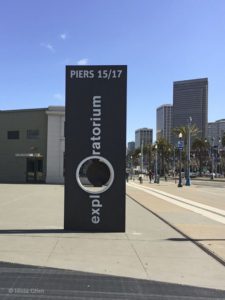 |
For those within reach of San Francisco, the San Francisco Exploratorium hosts an annual Pi Day celebration, complete with pi-based numerical parade. Visit the Exploratorium website for a brief history of pi, hands-on pi activities, and a list of helpful links. |
| Teach Pi has suggestions for activities and projects, arts and crafts, songs, challenges, and contests for students of all ages. | |
| From Live Science, see 10 Surprising Facts About Pi. | |
| A History of Pi from the MacTutor History of Mathematics Archive traces the evolution of the number from the Egyptian Rhind Papyrus and the Bible to the present day. A more challenging mathematical approach for older kids. | |
| For the first one million digits of pi, see Pi to a Million Digits. |
|
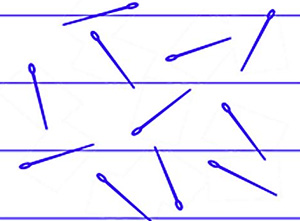 |
The classic probability experiment known as Buffon’s Needle generates a statistical estimate of the value of pi. The idea for the experiment was first proposed in the 18th century by Georges Louis Leclerc, Comte de Buffon who initially tried to measure pi by tossing loaves of French bread over his shoulder onto a tile floor. |
| Try it! From Science Friday, see Pickup Sticks and Pi. | |
| For the full scoop, calculus and all, see Buffon’s Needle Problem at Wolfram MathWorld. | |
| From the National Council of Teachers of Mathematics, Pi Day has lesson plans and activities for Pi Day. | |
| Some people have a passion for memorizing pi. See the Pi World Ranking List for a list of champions (and instructions for how you too can get on it). (Warning: there’s stiff competition. The current champion is Chao Lu of China, who in 2005 rattled off pi to 67,890 digits. | |
 |
Your very own Pi Day! Find your birthday in pi here. |
| Pi = 3? | Did Alabama – or maybe Indiana – ever actually enact legislation redefining pi as just plain 3.0? No, according to Alabama’s Slice of Pi. |
PI PROJECTS AND ACTIVITIES
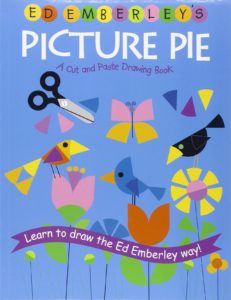
|
Ed Emberley’s Picture Pie (LB Kids, 2006) is an art project book that shows kids – step by step – how to use paper-cut circles and fractions of circles to make animals, bugs, flowers, and patterns. For ages 4 and up. |
| Pi Activities has suggestions for making a pi paper chain, measuring pi on a basketball court, and estimating pi using bicycle wheels and hula hoops. | |
 |
Make a Pi Necklace has instructions for making a pi bead necklace using perler beads. |
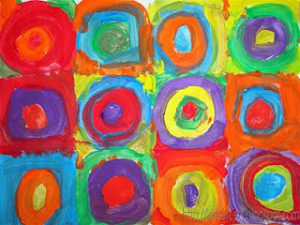 |
Kids Artists has directions for gorgeous concentric circle projects based on the art of Kandinsky. |
 |
See Piku: A New Game of Poetry for Pi Day. Try it! |
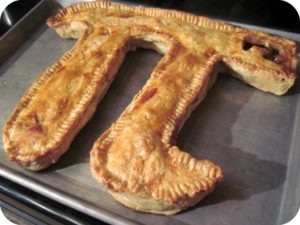 |
The obvious accompaniment to Pi Day dinner: pie. See this recipe for making a pi-shaped Drunken Irish Apple Pi(e). |
Pages: 1 2
